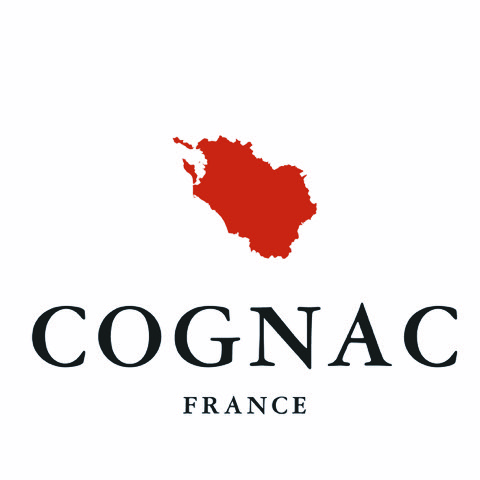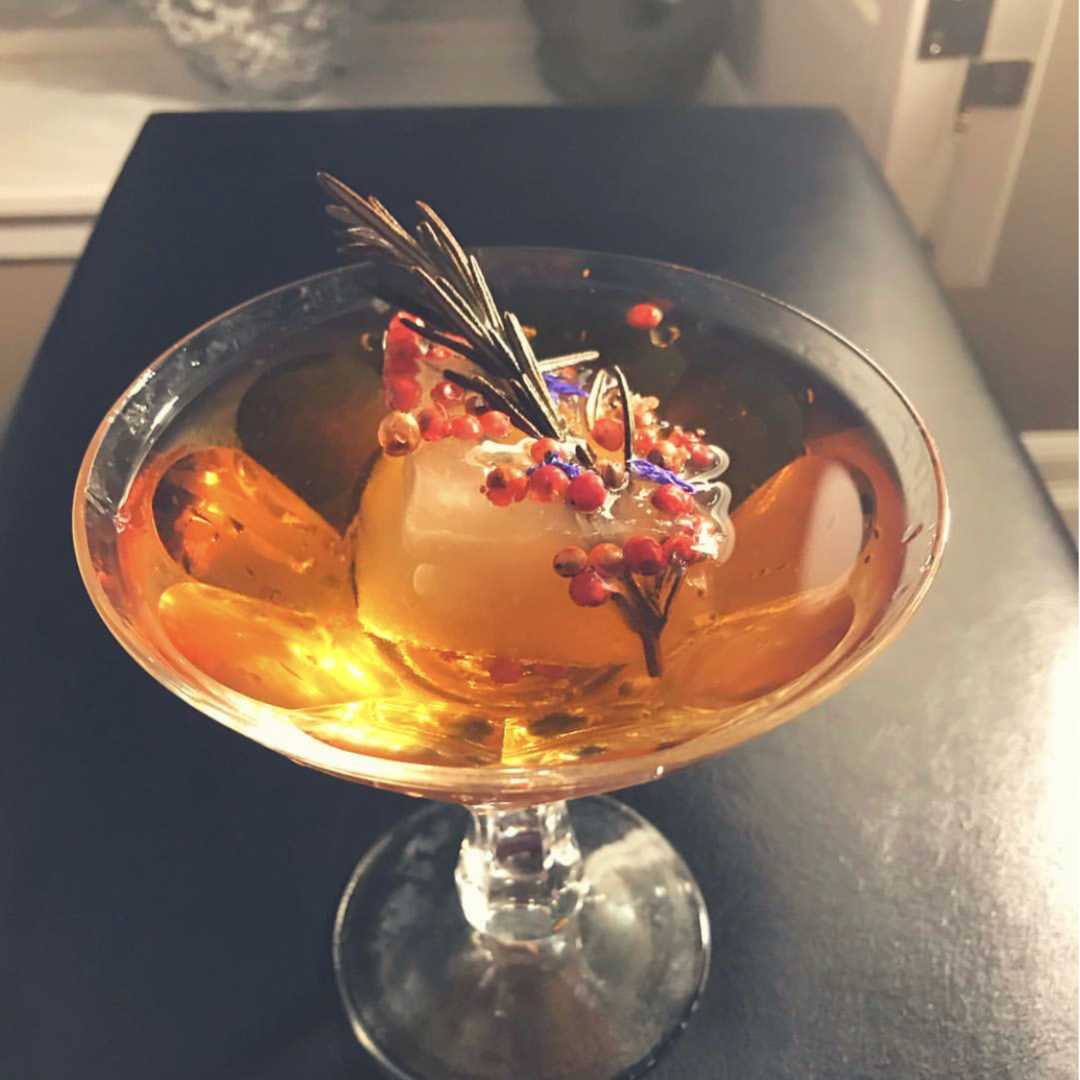The words “Cognac France” in a timelessly elegant font, are written over a rich, earth-tone image in the exact shape of the Cognac region; these are the essential elements of the Cognac appellation’s new visual identity. This logo reminds us that this inimitable and world-famous beverage is a product of one, and only one, place. Unveiled worldwide on November 14, the new visual identity will be used in all markets and on all communication materials of the Bureau National Interprofessionnel du Cognac (BNIC), the association that represents the interests of all the people who grow, distill and export Cognac, and protects the integrity of their product worldwide.
Month: December 2017
Christmas and New Year’s Eve are the biggest holidays for wine sales in the U.S.
Christmas and New Year’s Eve are the biggest holidays for wine sales in the U.S., accounting for 69% more dollar sales than the average two-week period in 2016, ringing up more than $1 billion in sales in the two-week period alone.
U.S. WINE SALES BETWEEN CHRISTMAS AND NEW YEAR’S EVE GENERATE MORE THAN $1 BILLION IN SALES
When looking at specific wine categories, sparkling wine sees an explosion of sales between Christmas and New Year’s, with sales surging 272% during the two-week period. But it’s not just bubbly wine that benefits from consumer preferences: table wine sales jumped 47% during the two weeks between Christmas and New Year’s Eve last year, with red table wine outpacing white table wine.
While wine of all varieties may be the drink of choice for many, spirits also benefit from the holiday season, as sales reach nearly $964 million in a mere two weeks. Christmas and New Year’s Eve are also the most popular holidays for spirits, which experienced a 79% spike in dollar sales in 2016 compared with the average two-week period. But not all spirits sell equally: brown spirits in particular (e.g., cognac and whiskey) see a dramatic sales lift during the holiday season. Cognac sales rise 104% from Christmas to New Year’s and increase 36% leading up to and including the Thanksgiving holiday than the average two-week period. Whiskey sales get stronger, too, with a 27% increase during Thanksgiving and a 98% increase in sales between Christmas and New Year’s compared with an average two weeks in 2016.
While Christmas, New Year’s Eve and Thanksgiving top the list of most important holidays for wine and spirits, beer, flavored malt beverages (FMBs) and cider sales see greater upticks during holidays in the warmer months. In fact, when it comes to Christmas and New Year’s Eve, beer/FMB/ciders rank only fourth on the list of top-selling holidays, with sales lifts of just 8% over the average two-week period. That slight increase, however, still amounts to more than $1.5 billion in sales, which is more than total wine or spirit sales. Despite beer not being a Christmas favorite, cider beverages see a substantial spike during the holidays with 19% more dollars being sold than the average two weeks in 2016 during Christmas and New Years. Also bucking the trend is craft beers with their diversified flavors and styles trumping other beer segments with seasonal sales around the holidays.
When it comes to U.S. holidays, food and adult libations will always be important. But different libations line up with different holidays. That’s why it’s critical that retailers keep the right assortment of products on the shelf for customers year-round to ensure they can choose the best product for the right occasion.
Liz Palmer
www.liz-palmer.com
Source: Nielsen
Champagne Tips and Trends for the Holiday Season — Liz Palmer
 Whether you’re clinking glasses at a festive reception or toasting with family over turkey dinner, there’s nothing quite like a glass of Champagne at Christmas!
Whether you’re clinking glasses at a festive reception or toasting with family over turkey dinner, there’s nothing quite like a glass of Champagne at Christmas!
Glamorous, festive and celebratory – here are some champagne tips to get the party started.
1. Champagne only comes from the Champagne region which is north east of France, or approximately 150 kilometers from Paris.
2. Tasting
All five senses are approached when enjoying Champagne – colour, aroma, texture, flavour and sound.
When you are tasting and comparing several Champagnes, it is best to serve them in the same type of glass and at the same temperature.
When pouring, fill the glass two-thirds full — this allows space for the aromas to circulate. Once the Champagne has been poured, allow some time for it to open up, revealing its complexities and richness of its bouquet.
To prevent loss of bubbles, Champagne should be poured down the side, rather than straight into the glass.
Avoid wearing lipstick or perfume; they can mask the aromas.
Lastly, when is the best time of the date to taste Champagne?
11 am – yes in the morning.
This is when your senses are at their peak!
3. Flute, Coupe or Tulip?
Stemware is a personal preference.
The flute works better for young Champagnes served at the proper temperature. If you can, avoid the coupe; it might look sexy and sophisticated, but does nothing for the wine. If you are serving a “tête de cuvee” or super-premium Champagne, my suggestion is to use the tulip — they are tall and large enough to allow the aromas to develop while maintaining elegance and depth.
Note — the tulip is used by winemakers for their daily tasting, as well as ISOs.
4. Temperature
The ideal serving temperature is between 8° and 10° C.
Cuvees of high quality and good maturity will be more appreciated at 12° C.
The proper way to chill Champagne is to put the bottle in a bucket of ice water for about 30 minutes.
5. Pairing
Not all champagne tastes the same, and certain varieties will suit certain foods.
Lighter styles like brut will make a delicious pre-dinner aperitif, and pair beautifully with seafood. Or, try a serving a Blanc de Blancs champagne (100% chardonnay) with smoked salmon canapés.
If you’re looking for a Champagne for your Christmas dinner, then a rich, toasty vintage cuvée is the way to go; my second choice would be a rose Champagne they both pair remarkably well with holiday dishes from turkey to cranberry sauce to stuffing, so it can be enjoyed throughout the meal.
6. Holiday Trends
The sheer diversity of champagne that we have on the shelves has never been stronger.
What we should look out for this holiday season is rose and vintage Champagne.
Vintage champagne are not that much more expensive than non-vintage, but they are much smaller in their production and usually finer in quality.
The 2008 vintage which is increasingly on the shelves at the moment, was the best that they’ve had in decades so look for ’08 as a particularly special “Christmas surprise”.
Rose Champagnes sales have increased over the past few years and are still on the rise. Rose is one of the most versatile styles and pair well with Italian food, Asian cuisine like Thai, Chinese and Japanese, and barbecue.
Champagne Tips and Trends for the Holiday Season — Liz Palmer
“Christmas Kiss” Champagne Cocktail created by Liz Palmer
Ingredients
〜2 round ice cubes (made with Harrods Lemmon grass tea
and 3-4 pink peppercorns)
〜3 oz brut Champagne
〜½ tsp of confit de champagne a la rose
〜Fresh rosemary sprigs
〜Champagne coupe
Instructions
Place two ice cubes into a chilled Champagne coupe, add ½ tsp of confit de champagne a la rose, add 3 ozs of brut Champagne and garnish with a rosemary sprig.
Enjoy!
Note:
Pink peppercorns are not true peppercorns, they are ripe berries from the Brazilian pepper tree. Because they are the same shape and size as true peppercorns and are marketed under “pink peppercorn.”
https://www.liz-palmer.com/wp-admin/post.php?post=6233&action=edit#



